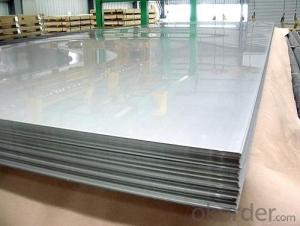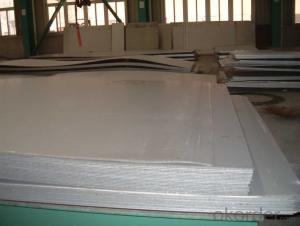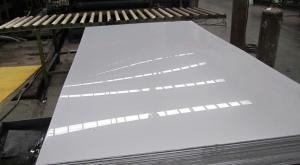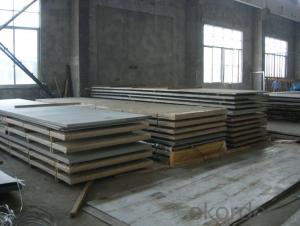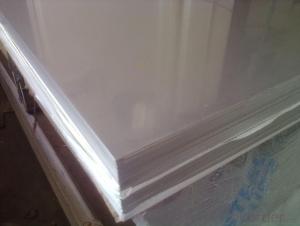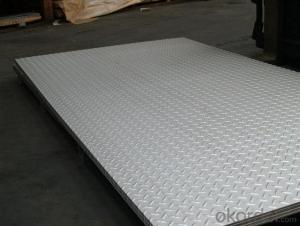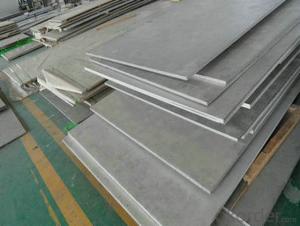Stainless Steel plate and sheet 304L with plenty stock
- Loading Port:
- Shanghai
- Payment Terms:
- TT OR LC
- Min Order Qty:
- 500 m.t.
- Supply Capability:
- 5000000 m.t./month
OKorder Service Pledge
OKorder Financial Service
You Might Also Like
Hot sale stainless steel sheet 201/202/304/304l/316/316l/430
Description of Stainless Steel Sheet:
Description | steel sheet,hot rolled steel sheet,cold rolled steel sheet, steel sheet,sheet,steel plate |
Standard | ASME, ASTM, EN ,BS,GB,DIN, JIS etc |
Application | Steel sheet applies to construction field, ships building industry, petroleum & chemical industries, war and electricity industries, food processing and medical industry, boiler heat exchanger, machinery and hardware fields. |
Packaging | Standard export sea-worthy packing |
Delivery time | 10-30 days |
Quality | No.1 |
Productivity | 500 tons/Day |
Note | Our company has cooperative relation between the domestic agents. Stainless steel sheet can be made accordingto the customers requirements. Fasten delivery. Quality assured. |
Contacts | If you have any question,please feel free contact me. |
Stainless steel sheet surface finish characteristics
Surface finish | Characteristics and application |
2B | The surface brightness and flatness of no2B is better than no2D. then through a special surface treatment to improve its mechanical properties,No2B could nearly satisfy comprehensive uses. |
No.1 | Polished with abrasive belt of grit#100-#200, have better brightness with discontinuous coarse stria, used as inner and external ornaments for building, electrical appliances and kitchen utensils etc. |
No.4 | Polished with abrasive belt of grit #150-#180,have better brightness with discontinuous coarse stria, but thinner than No3, are used as bathtub buildings inner and external ornaments electrical appliances kitchen utensils and food processing equipment etc. |
HL | Polished with abrasive belt of grit #150-#320 on the NO.4 finish and has continuous streaks, mainly used as buildings ornaments elevators, door of building, frontal plate etc. |
BA | Cold rolled, bright annealed and skin-passed, the product have excellent brightness and good reflexivity like mirror, kitchen apparatus, ornament etc. |
8K | The product have excellent brightness and prefer reflexivity can to be the mirror. |
Main Features of stainless steel sheet :
•Escalator, Elevator, Doors
•Furniture
•Production tools, Kitchen appliances, freezers, cold rooms
•Auto Parts
•Machinery and Packaging
•Equipment and Medical devices
•Transport system
Product Details:
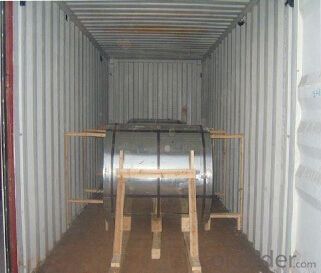
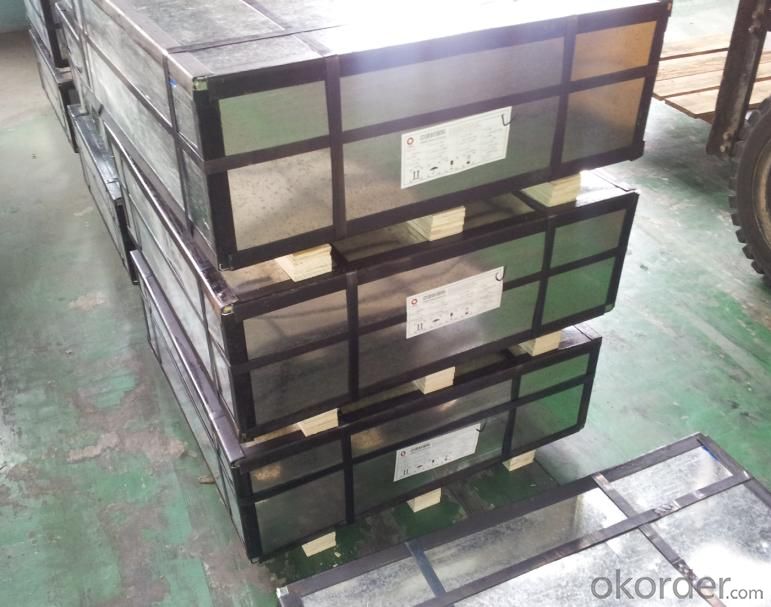
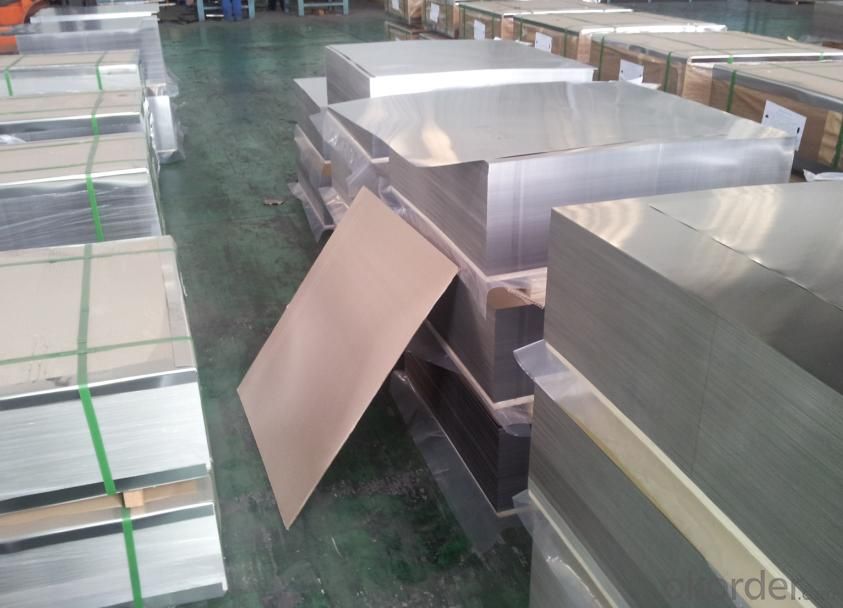
Sandard Seaworth Packing(wooden packing with water proof paper)
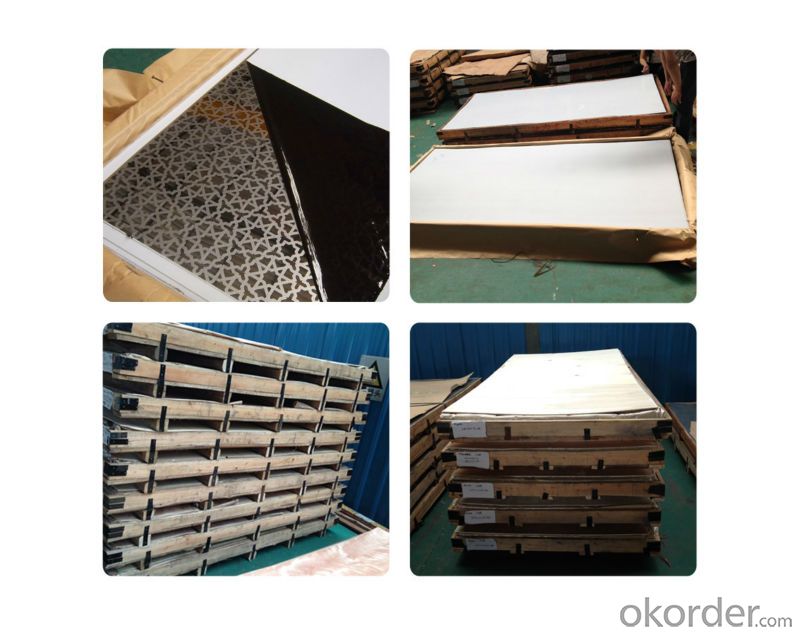
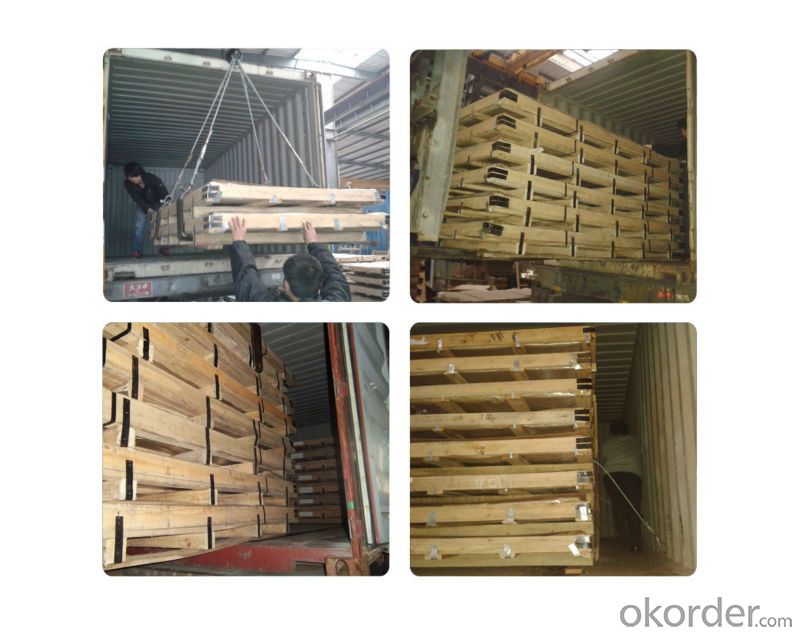
FAQ:
1. What's the quality?
very fine
2. How long get reply?
within 24 hours
If you have any question about stainless steel sheets,donot forget to sending the email to Us! You will get the competitive Price and have a very good experience about the Buying Process! CNBM International Corporation is always your trustful friend!
- Q:What drill can drill stainless steel?
- Drilling stainless steel materials, there are two main domestic products: high-speed steel bit, carbide drill. Carbide hollow drill is of high toughness and good wear resistance. It is recommended that you use this material. The price depends on the specifications you need.
- Q:Can stainless steel sheets be used for fire escapes?
- Yes, stainless steel sheets can be used for fire escapes. Stainless steel is a highly durable and resistant material that can withstand high temperatures and maintain structural integrity during a fire. It is non-combustible and does not emit toxic gases when exposed to heat, making it a safe choice for fire escape construction. Additionally, stainless steel is corrosion-resistant, which ensures the longevity and reliability of the fire escape system. Overall, stainless steel sheets are an excellent choice for fire escapes due to their strength, fire resistance, and durability.
- Q:How do you remove adhesive from stainless steel sheets?
- One effective way to remove adhesive from stainless steel sheets is by applying a small amount of rubbing alcohol or acetone to a soft cloth and gently rubbing the adhesive residue. Another option is to use a mixture of warm water and mild soap, followed by scrubbing with a non-abrasive sponge or cloth. If the adhesive is particularly stubborn, using a commercial adhesive remover specifically designed for stainless steel can also be effective.
- Q:Are stainless steel sheets heat-resistant?
- Yes, stainless steel sheets are heat-resistant. Stainless steel is known for its ability to withstand high temperatures without warping or deforming, making it an excellent choice for applications that involve heat exposure. The chromium content in stainless steel forms a protective layer on the surface, which helps to prevent oxidation and corrosion even at elevated temperatures. This heat resistance property makes stainless steel sheets suitable for a wide range of applications, including industrial equipment, kitchen appliances, automotive parts, and construction materials.
- Q:What are the different types of stainless steel sheet finishes for architectural applications?
- Architectural applications often utilize different types of stainless steel sheet finishes to enhance appearance and protect against corrosion and wear. 1. The most commonly used stainless steel sheet finish is No. 1, also known as "hot rolled annealed and pickled." This finish involves hot rolling the sheet, resulting in a rough, dull surface. It is then annealed and pickled to remove impurities, leaving a clean and uniform surface. 2. No. 2B Finish is achieved by cold rolling the sheet after annealing and pickling. This creates a smooth, reflective surface with a slight grainy texture. It is preferred for applications requiring high corrosion resistance and a polished appearance. 3. No. 4 Finish, also called "brushed finish," is accomplished by mechanically polishing the sheet with abrasive belts or brushes. This produces a satin-like look with fine parallel lines. No. 4 finish is commonly used for decorative purposes in architectural applications such as wall panels, elevator interiors, and column covers. 4. No. 8 Mirror Finish is achieved by mechanically polishing the sheet to create a highly reflective, mirror-like surface. It offers a bright appearance and is often used for decorative applications like wall cladding, signage, and decorative trim. 5. Bead Blasted Finish involves blasting the sheet with fine glass beads to create a textured, matte surface. This finish provides a unique aesthetic and is commonly used when a non-reflective, tactile surface is desired, such as in elevator doors, handrails, and countertops. 6. Patterned Finishes are created by embossing or etching the sheet with various patterns or textures. This adds visual interest to architectural applications, commonly used for wall panels, ceiling tiles, and decorative screens. These are just a few examples of the most commonly used stainless steel sheet finishes in architectural applications. Each finish offers distinct aesthetic and functional characteristics, allowing architects and designers to select the most suitable finish for their specific project requirements.
- Q:What is the difference between hot rolled and cold rolled stainless steel sheets?
- The manufacturing process of hot rolled and cold rolled stainless steel sheets results in distinct characteristics and properties. Hot rolled stainless steel sheets undergo production by passing the stainless steel through a series of rollers at high temperatures. This process yields a thicker and rougher surface in comparison to cold rolled sheets. Hot rolling enables faster production and is generally more cost-effective. However, the rougher surface may necessitate additional processes, such as grinding or polishing, to achieve the desired finish. On the contrary, cold rolled stainless steel sheets are manufactured by cooling the hot rolled sheets and subsequently annealing them in a controlled environment. This process enhances the surface finish, leading to a smoother and more uniform appearance. Cold rolling also permits tighter tolerances and higher strength, making it suitable for applications that require precise dimensions and superior mechanical properties. Concerning strength and hardness, cold rolled stainless steel sheets typically exhibit greater strength and hardness in contrast to hot rolled sheets. This is due to the strain hardening that occurs during the cold rolling process. Cold rolled sheets are also less susceptible to deformation and warping, making them ideal for applications where flatness is crucial. In conclusion, the primary distinctions between hot rolled and cold rolled stainless steel sheets lie in their manufacturing process, surface finish, dimensional tolerance, and mechanical properties. Hot rolled sheets are thicker with a rougher surface, while cold rolled sheets are thinner, smoother, and possess greater strength and hardness. The selection between the two depends on the specific requirements of the application and the desired aesthetic and functional characteristics.
- Q:Can stainless steel sheets be used for air conditioning systems?
- Yes, stainless steel sheets can be used for air conditioning systems. Stainless steel is a popular material choice for various components in air conditioning systems due to its durability, resistance to corrosion, and high strength. It is commonly used for air conditioning ducts, air handling units, heat exchangers, and other parts that come into contact with air or moisture. The stainless steel sheets used in air conditioning systems are typically of a specific grade that is suitable for the intended application, ensuring optimal performance and longevity. Overall, stainless steel sheets are a reliable and efficient choice for air conditioning systems.
- Q:How do I prevent stress corrosion cracking on stainless steel sheets?
- To prevent stress corrosion cracking on stainless steel sheets, there are various steps that can be taken: 1. Opt for the appropriate stainless steel grade: Select a stainless steel grade that is resistant to stress corrosion cracking (SCC). Although grades like 304 and 316 generally have good SCC resistance, certain applications may necessitate higher alloyed grades like duplex or super duplex stainless steels. 2. Minimize exposure to corrosive environments: Limit the exposure of stainless steel sheets to environments known to cause stress corrosion cracking, such as chloride-rich or acidic surroundings. If avoiding exposure is not possible, consider applying protective coatings or barriers to shield the stainless steel from these corrosive elements. 3. Manage applied stress levels: Prevent subjecting the stainless steel sheets to excessive mechanical or thermal stresses. High tensile stresses can facilitate the initiation and propagation of stress corrosion cracking. Utilize appropriate design and fabrication techniques to ensure even stress distribution and minimize stress concentrations. 4. Maintain the surface condition: Ensure that the stainless steel sheets are devoid of surface contamination or defects that can serve as initiation sites for stress corrosion cracking. Regularly clean and inspect the sheets to eliminate any contaminants or corrosion products. 5. Employ inhibitors or cathodic protection: In certain cases where exposure to corrosive environments is unavoidable, the use of corrosion inhibitors or the implementation of cathodic protection techniques can help mitigate stress corrosion cracking. These methods work by reducing the corrosive activity on the stainless steel surface. 6. Handle and store properly: Exercise caution during transportation and storage to prevent excessive bending, vibration, or exposure to corrosive substances. Store stainless steel sheets in a clean and dry environment to avoid potential surface contamination. In conclusion, a combination of material selection, environmental control, stress management, surface maintenance, and proper handling can effectively prevent stress corrosion cracking on stainless steel sheets. It is advisable to consult with material experts or engineers to analyze specific application requirements and recommend the most appropriate preventive measures.
- Q:What are the different types of stainless steel sheet edges available?
- Different options are available for stainless steel sheet edges, each with its own unique advantages and characteristics. 1. The mill edge is the standard finish produced during manufacturing. It features a straight, sharp edge without any additional treatment. Mill edge stainless steel sheets are commonly used in industrial applications where aesthetics are not a priority. 2. Slit edge sheets are created by cutting the sheet along its length, resulting in a slightly rounded edge. This type of edge is often used in applications where safety is a concern, as it reduces the risk of sharp edges causing injury. 3. Sheared edge sheets are created by cutting the sheet along its width using shearing blades. This process produces a clean, straight edge without any additional finishing. Sheared edge sheets are often used in applications that require precise dimensions. 4. Deburred edge sheets have undergone a process to remove any sharp or rough edges, resulting in a smooth and safe edge finish. Deburring is typically done using abrasive materials or specialized machinery. These sheets are commonly used in applications that prioritize safety and aesthetic appearance. 5. Rolled edge sheets have a curved or rounded edge, created by rolling the sheet during manufacturing. This edge type is commonly used in applications where a smoother and more finished appearance is desired. Rolled edge sheets are also easier to handle and less likely to cause injury during installation. Ultimately, the choice of stainless steel sheet edge depends on the specific requirements of the application, considering factors such as safety concerns, aesthetic preferences, and dimensional accuracy.
- Q:Can stainless steel sheets be used for insulation?
- No, stainless steel sheets cannot be used for insulation. Stainless steel is a good conductor of heat and electricity, so it would not provide adequate insulation.
1. Manufacturer Overview |
|
|---|---|
| Location | |
| Year Established | |
| Annual Output Value | |
| Main Markets | |
| Company Certifications | |
2. Manufacturer Certificates |
|
|---|---|
| a) Certification Name | |
| Range | |
| Reference | |
| Validity Period | |
3. Manufacturer Capability |
|
|---|---|
| a)Trade Capacity | |
| Nearest Port | |
| Export Percentage | |
| No.of Employees in Trade Department | |
| Language Spoken: | |
| b)Factory Information | |
| Factory Size: | |
| No. of Production Lines | |
| Contract Manufacturing | |
| Product Price Range | |
Send your message to us
Stainless Steel plate and sheet 304L with plenty stock
- Loading Port:
- Shanghai
- Payment Terms:
- TT OR LC
- Min Order Qty:
- 500 m.t.
- Supply Capability:
- 5000000 m.t./month
OKorder Service Pledge
OKorder Financial Service
Similar products
New products
Hot products
Hot Searches
Related keywords
